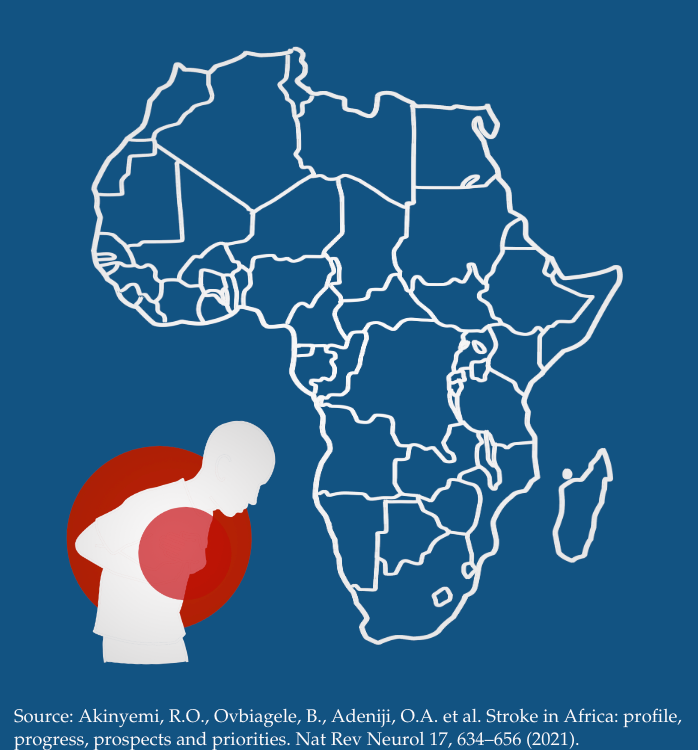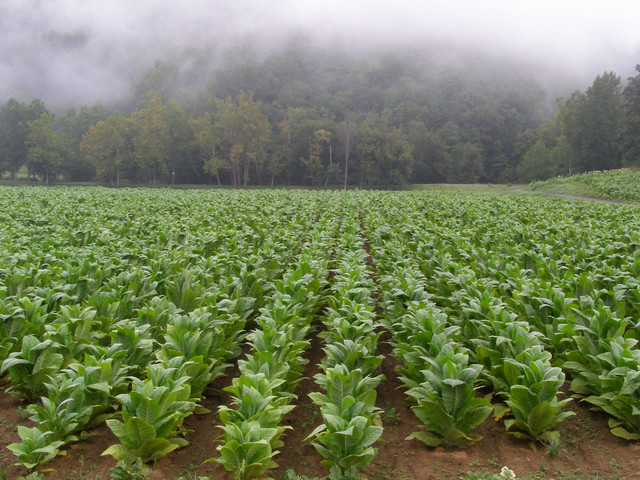Understanding National Data Ecosystems
Within the Sustainable Development Goal context of “leave no one behind,” there exists an opportunity – and a pressing obligation – to support better outcomes for children. But much of the change needed must happen at country and local level, through better use of data and evidence in decision-making.
But – who are these “decision-makers,” what data do they use, and what incentives, constraints, and opportunities contribute to data use?
In the coming weeks, we’ll share a series of deep-dive blog posts on the common needs and opportunities surfaced across ecosystems. These posts are informed by Development Gateway’s two-year, seven-country, two-region project supporting UNICEF’s Data for Children Strategic Framework. This work included conducting extensive desk research and in-country key informant interviews with over 250 stakeholders across Myanmar, Papua New Guinea, Philippines, Thailand, Viet Nam, Lesotho, and Ethiopia.
This week, as the first post of our series, we’re going to step back and provide some contextual definitions on the terminologies of the data ecosystem.
Who “lives” in the data ecosystem?
Across contexts, all government agencies, development partners, and civil society groups demand and produce information in some capacity. However, based on mandates and interviews, we were able to broadly classify agencies into three categories:
- Data demanders, those who primarily require information from other actors
- Data producers, those who primarily generate data
- Data demanders and producers, those who both oversee the production of data, and who use information to inform decisions regarding service delivery
| Data Demanders |
National Planning Commissions, Ministries of Local Government Affairs, Ministries of Women and Children’s Issues, Legislatures |
| Data Producers |
National Statistical Offices, Vital Registration Agencies |
| Data Demanders and Producers |
Ministries of Education, Health, Justice, Social Development; development partners (multilateral and bilateral agencies); civil society and non-governmental organizations |
Importantly, we found a close – but not perfect – correlation between data demand and data use. Those who demand data may not ultimately apply it; those who passively receive data may ultimately use it for decision-making. This has important implications for the roles of incentives, accountabilities, and access to data as mechanisms to increase use.
What “drives” the national data ecosystem?
Data demand and production are driven by national priorities, strategies, and programs. Broadly, these guiding priorities are captured through a series of key documents with national and subnational iterations.
|
National Vision Documents |
Broad in scope and ambition, vision documents are often in force for a decade or more. |
|
National Strategic Development Plans |
These medium-term plans are typically in force for around five years; provide an overview of political administration priorities; and either incorporate, or are mapped to, regional and global goals. National Strategic Development Plans may be used to inform similar subnational documents, and/ or sectoral development strategies. |
|
National Monitoring and Evaluation (M&E) Plans |
These support the achievement of medium-term development plans, by setting expectations for reporting and measuring progress. National M&E Plans may be used to inform similar sub-national documents. |
|
National Statistical Development Strategies (NSDS) |
These support the achievement of medium-term development plans, by providing a national work plan for data and statistical capacities needed to measure and achieve development priorities. |
|
Sectoral or Ministerial Annual Work Plans |
These provide anticipated budgets, outputs, and activities needed to support the achievement of medium-term development goals. Work plans may be used to inform similar subnational documents. |
Much has been made of big, private sector, and non-traditional data. Several National Statistical Offices and sectoral ministries use geospatial data to provide more granular insights. Some actors are exploring opportunities to use new data sources: notably in our work, the Governments of Thailand, the Philippines, and Viet Nam were exploring opportunities related to private-sector data.
However, the overwhelming majority of data used by government for decision-making – planning, monitoring, managing, and reporting against medium-term and annual plan milestones – come from within national statistical and administrative data systems.
What “data” are in the ecosystem?
National Statistical Systems are typically coordinated by National Statistical Offices. Statistical data are usually collected for the purpose of inferring proportions in a population from a representative sample. Statistical data include national censuses, but also include a number of smaller-scale surveys used to explore trends in health, education, and other trends. The production of statistical information often involves the collection, analysis, interpretation, and presentation of large quantities of empirical data.
Administrative data come from civil registration and vital statistics systems, and sectoral (health, education, judicial, social protection) management information systems. Administrative data are often collected at the point of service delivery, each time a service is provided, with the aim of completely capturing the indented beneficiary group. Depending on the context, some administrative data sources may be used to generate statistical data
Within this framework – where were the most common “pain points” in the value chain that prevent the demand, supply, and use of data for evidence-based policy?
From our research, we found common unmet needs related to the production and access of fit-for-purpose data; misaligned accountabilities and incentives for measuring results; and a missing middle between data generation and evidence communication. In the coming weeks, we look forward to discussing these themes in-depth, sharing broad recommendations for strengthening data ecosystems.
Image: Justin Vidamo, (CC BY-2.0)
Share This Post
Related from our library

Demystifying interoperability: Key takeaways from our new white paper
This blog post gives an overview on our latest paper on interoperability, implementing interoperable solutions in partnership with public administrations. Based on over 20 years of DG’s experience, the paper demystifies key components needed to build robust, resilient, and interoperable data systems, focusing on the “how” of data standardization, data governance, and implementing technical infrastructure.

More Smoke, More Stroke
In honor of this year’s World Stroke Day, observed annually on October 29th, this piece aims to raise awareness of the substantial burden of non-communicable diseases–particularly stroke incidents–using the case study of Nigeria, one of the main tobacco production hubs on the continent, in addition to Kenya.

Healthy Farming, Healthy Planet: The Environmental Case Against Tobacco Farming
While all agriculture has an environmental impact, tobacco is unique in that every stage of the tobacco lifecycle–from the production and consumption of tobacco to farming and disposal of the final product–wreaks havoc on the environment. In this piece, we’ll introduce the lifecycle of producing and using tobacco and explore the requisite environmental impact.